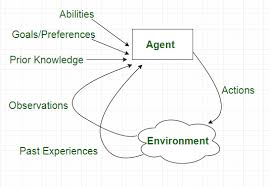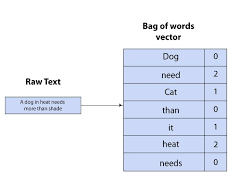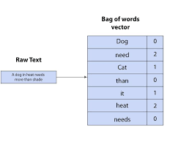Understanding AI Agents: A Comprehensive Guide
Artificial Intelligence (AI) has come a long way, offering systems that automate tasks and provide intelligent, responsive solutions. One key concept within AI is the AI agent—an autonomous system capable of perceiving its environment and taking actions to achieve specific goals. This guide explores AI agents, their types, working mechanisms, and how to build them using platforms like Microsoft Autogen and Google Vertex AI Agent Builder. It also highlights how companies like LeewayHertz and Markovate can assist in the development of AI agents.
What is an AI Agent?
AI agents are systems designed to interact with their environment autonomously. They process inputs, make decisions, and execute actions based on predefined rules or learned experiences. These agents range from simple rule-based systems to complex machine learning models that adapt over time.
Types of AI Agents
AI agents can be classified based on complexity and functionality:
- Simple Reflex Agents: Act solely on current perceptions, ignoring historical data.
- Model-Based Reflex Agents: Maintain an internal state to track aspects of the environment not immediately visible.
- Goal-Based Agents: Act to achieve specific objectives, requiring planning.
- Utility-Based Agents: Select actions to maximize a utility function, optimizing overall satisfaction.
- Learning Agents: Continuously learn and improve based on experiences.
How AI Agents Work
The working mechanism of an AI agent involves four key components:
- Perception: The agent gathers information from the environment via sensors.
- Reasoning: It processes this data using algorithms or models.
- Action: The agent responds with actions through effectors or output interfaces.
- Learning: Learning mechanisms allow the agent to adapt and improve its behavior over time.
Architectural Blocks of an Autonomous AI Agent
An autonomous AI agent typically includes:
- Perception Module: Captures and processes environmental data.
- Knowledge Base: Stores information, rules, and experiences.
- Inference Engine: Applies logical rules to make decisions.
- Learning Module: Updates the knowledge base with new data.
- Planning Module: Generates a sequence of actions to achieve goals.
- Action Module: Executes the planned actions and interacts with the environment.
Building an AI Agent: The Basics
Building an AI agent involves several essential steps:
- Define Objectives: Identify the tasks the agent will perform.
- Gather Data: Collect relevant data for training and decision-making.
- Choose Algorithms: Select appropriate AI models based on task complexity.
- Develop the Agent: Implement the agent using programming languages and AI tools.
- Train the Agent: Use collected data to train the agent to recognize patterns and make decisions.
- Deploy the Agent: Launch the agent in the target environment.
- Monitor and Improve: Continuously track performance and optimize as needed.
Microsoft Autogen: A Platform Overview
Microsoft Autogen is a powerful tool for building AI agents, offering a range of features that simplify the development, training, and deployment process. Its user-friendly interface allows developers to create custom agents quickly.
Key Steps to Building AI Agents with Autogen:
- Access the Autogen Studio.
- Define the agent’s objectives and tasks.
- Integrate data sources and preprocess data.
- Select models from a pre-built library or customize your own.
- Train and optimize the agent.
- Deploy the agent in a desired environment.
- Monitor the agent’s performance using built-in tools.
Benefits of Autogen:
- Ease of use with a straightforward interface.
- Scalable deployment options for large applications.
- Seamless integration with Microsoft services.
- High customization to suit specific needs.
Vertex AI Agent Builder: Enabling No-Code AI Development
Google’s Vertex AI Agent Builder simplifies AI agent development through a no-code platform, making it accessible to users without extensive programming experience. Its drag-and-drop functionality allows for quick and efficient AI agent creation.
Key Features of Vertex AI Agent Builder:
- No-Code Interface: Build AI agents visually without writing code.
- Pre-built Templates: Access templates for common AI tasks.
- Integration: Seamlessly connect to Google Cloud services and other data sources.
- Automated Training: Built-in optimization tools simplify the training process.
- Deployment: Easy deployment in multiple environments.
Conclusion
AI agents play a critical role in automating decision-making and performing tasks independently. Platforms like Microsoft Autogen and Google Vertex AI Agent Builder make the development of these agents more accessible, providing powerful tools for both novice and experienced developers. By leveraging these technologies and partnering with companies like LeewayHertz and Markovate, businesses can build custom AI agents that enhance automation, decision-making, and operational efficiency. Whether you’re starting from scratch or looking to integrate AI capabilities into your existing systems, the right tools can make the process seamless and effective.
How do you think these tools stack up next to Salesforce AI Agents? Comment below.
Content updated October 2024.













